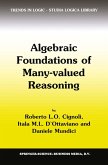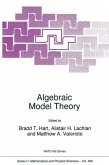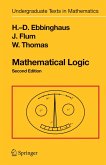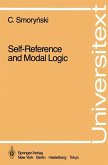Simplicity theory is an extension of stability theory to a wider class of structures, containing, among others, the random graph, pseudo-finite fields, and fields with a generic automorphism. Following Kim's proof of `forking symmetry' which implies a good behaviour of model-theoretic independence, this area of model theory has been a field of intense study. It has necessitated the development of some important new tools, most notably the model-theoretic treatment of hyperimaginaries (classes modulo type-definable equivalence relations). It thus provides a general notion of independence (and of rank in the supersimple case) applicable to a wide class of algebraic structures. The basic theory of forking independence is developed, and its properties in a simple structure are analyzed. No prior knowledge of stability theory is assumed; in fact many stability-theoretic results follow either from more general propositions, or are developed in side remarks. Audience: This book is intended both as an introduction to simplicity theory accessible to graduate students with some knowledge of model theory, and as a reference work for research in the field.
Dieser Download kann aus rechtlichen Gründen nur mit Rechnungsadresse in A, B, BG, CY, CZ, D, DK, EW, E, FIN, F, GR, HR, H, IRL, I, LT, L, LR, M, NL, PL, P, R, S, SLO, SK ausgeliefert werden.









